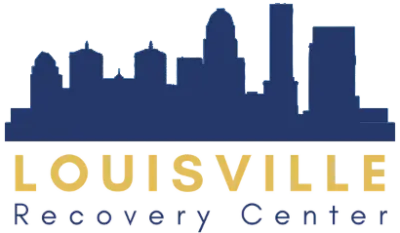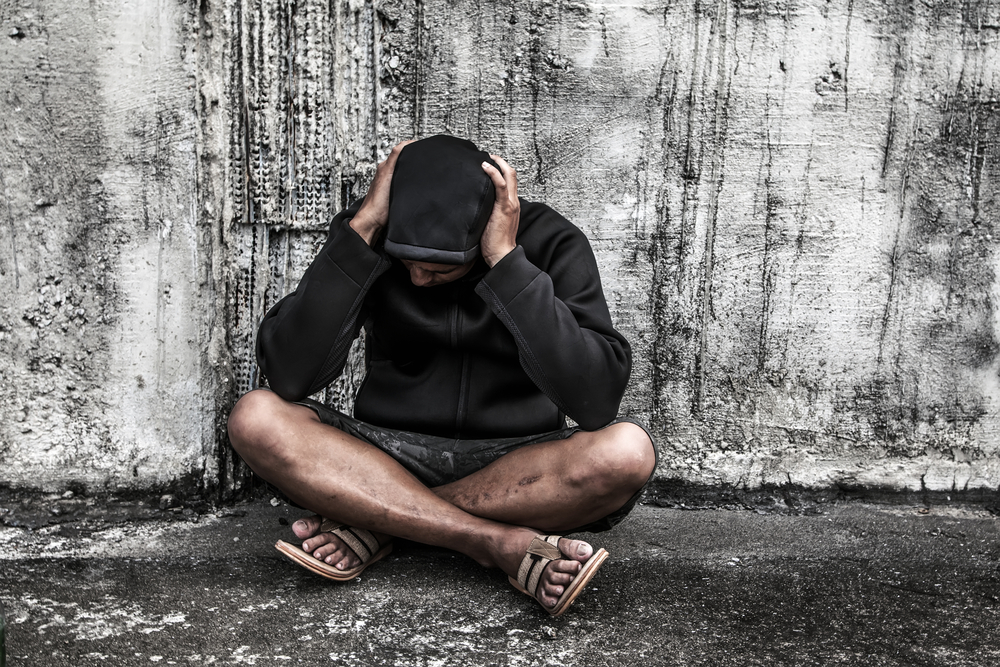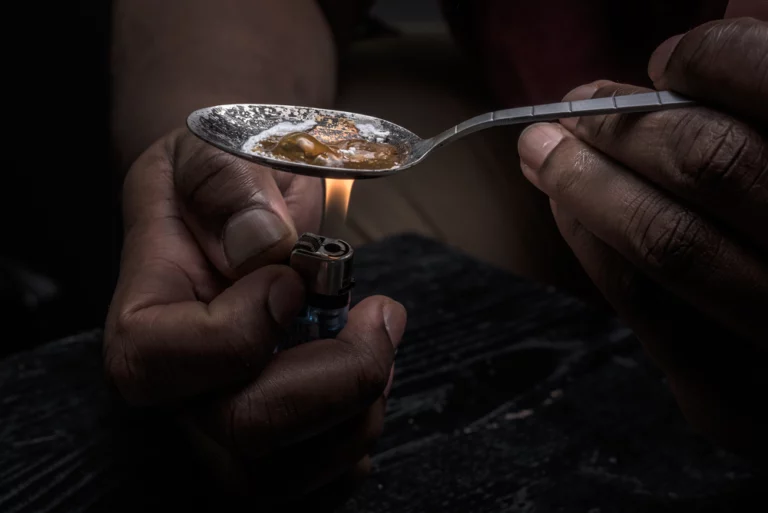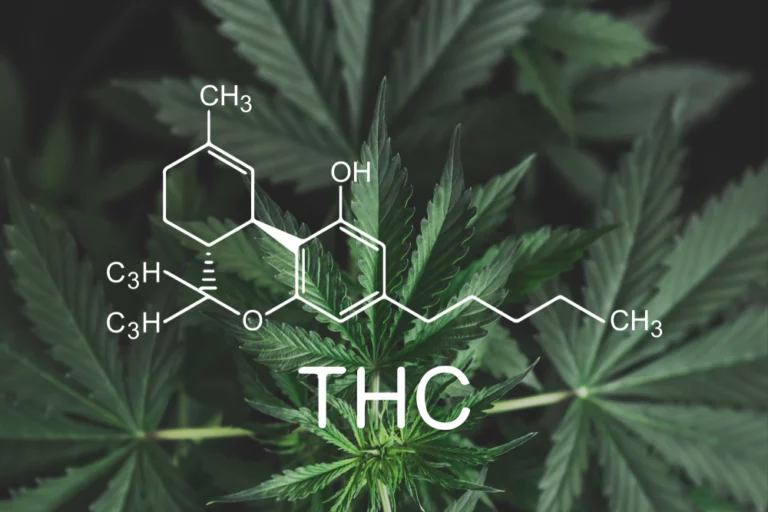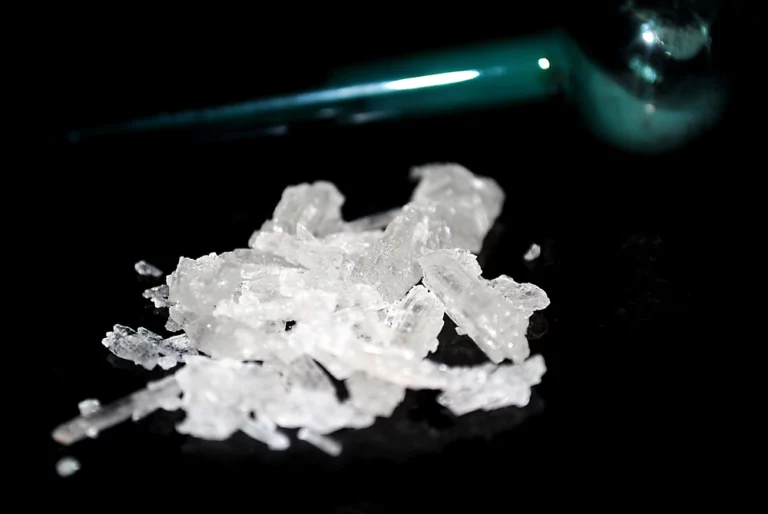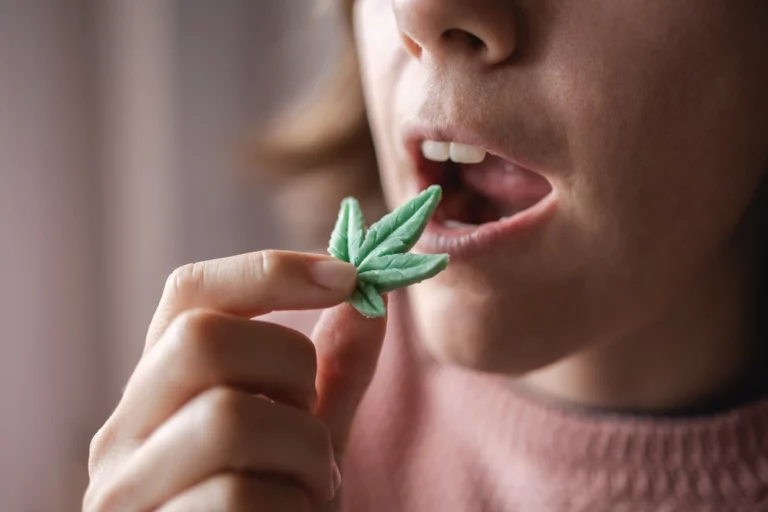Understanding the Addiction Cycle: An Informative Guide
An individual struggling with addiction may remain trapped in a pattern of self-destructive behavior if the addiction cycle is not disrupted. These patterns are referred to as a cycle of addiction because unless they are interrupted, an addicted person is likely to remain trapped in similar behavioral patterns. This knowledge may assist you in understanding your or your loved one’s addictive behavior and identifying the specific addiction cycle in your situation in order to prevent relapse. In this article, the key elements of the addiction cycle are discussed, as well as treatments that can help you or a loved one break free and recover.
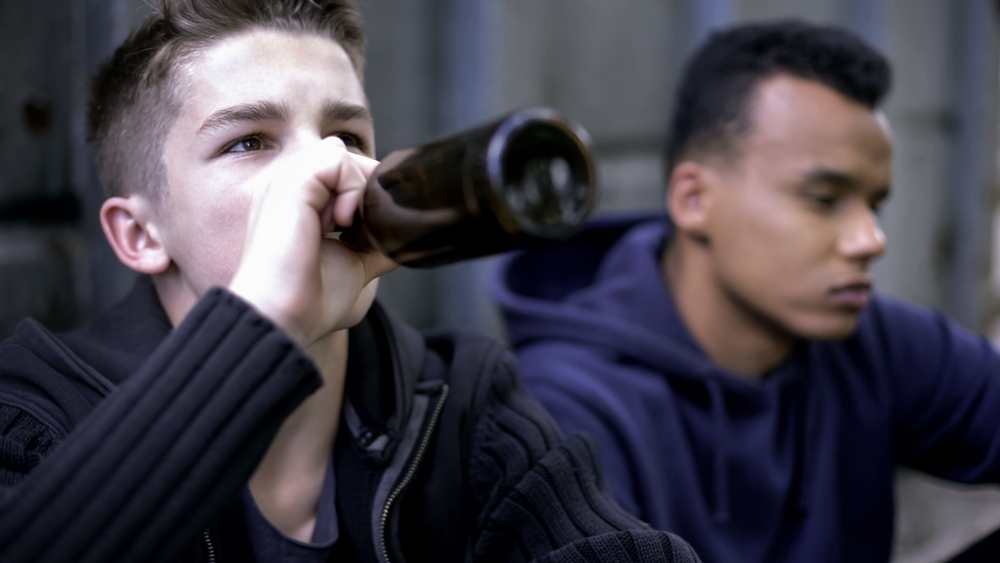
What is the Addiction Cycle?
Those addicted to something go through a cyclical pattern of thoughts and actions that repeats. Every stage of the cycle has a different name; however, the overall pattern of behaviors remains the same. The addicted person experiences a predictable pattern of internal emotional triggers that lead to outward action, then internal feelings of shame and guilt. They then stop using for a time, giving them a false sense of security. In the future, they will experience another internal trigger and repeat the cycle if they don’t seek treatment.
The 6 Stages of the Addiction Cycle
When a person becomes addicted, the vast majority of people struggling with addiction pass through stages of substance use or abuse. Generally, the stages are Initial use, Abuse, Tolerance, Dependence, Addiction, and Relapse. We will analyze these more thoroughly below.
Stage 1 – Initial Use
People may become addicted to a substance for various reasons. The substance may have been prescribed to address pain or mental health issues, it may have been the first drink consumed at age 21, or it may have been coerced by a family member or friend. Regardless of how the initial use took place, it is the first step toward substance addiction, whether the initial use occurred for a good or bad reason.
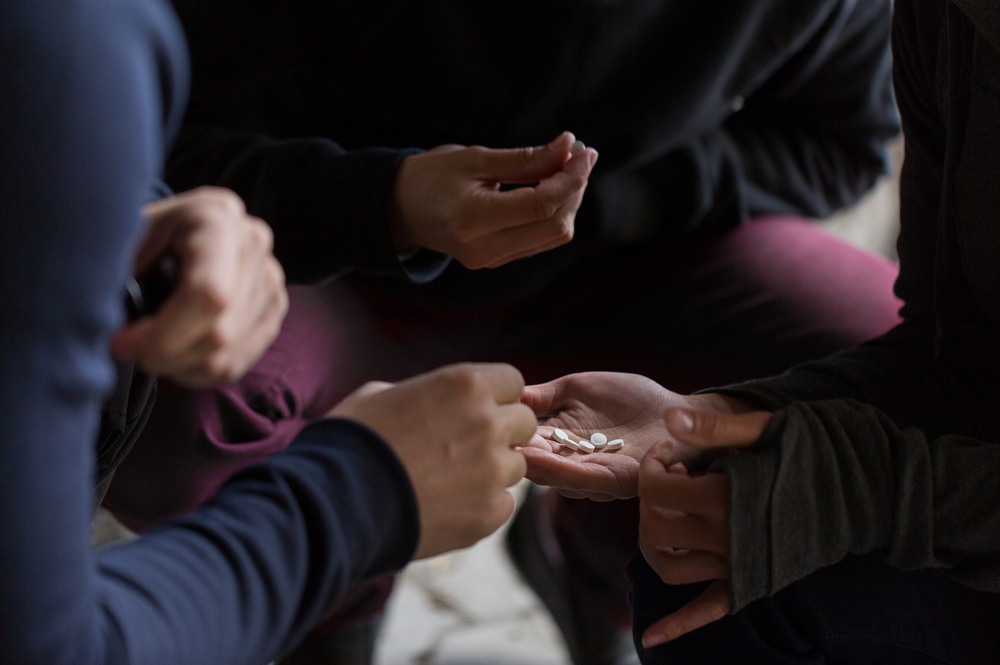
Stage 2 – Abuse
Substance abuse is the next stage in the addiction cycle. The World Health Organization defines substance abuse as using a substance in a way that is harmful. The individual may take higher doses of a prescription painkiller or take it more frequently, for example. A person who regularly binges drinks or occasionally uses cocaine is another example. Substance abuse is determined by the substance itself and how it reacts with the body.
The symptoms of substance abuse are more difficult to define with legal substances like tobacco or alcohol or prescription medicines since they can be used without being abused. With addictive substances like heroin or methamphetamine, however, abuse occurs the first time a person takes them. Substance abuse is often defined as a person using a drug to receive a euphoric ‘high’.
Stage 3 – Tolerance
Tolerance is the condition in which the original amount or dosage no longer has the same physical or mental effect and occurs when one of these substances is used or abused for a long time. The person may therefore increase the dosage or frequency of use in an attempt to reproduce the original result. For a period of time, this will work. However, as time passes, tolerance to this new dosage grows, and the person must again raise the dosage, leading to the next stage in the cycle.
Stage 4 – Dependence
When a person has been using a substance for a long time, they may become so dependent on the substance that they are unable to experience pleasure without it – a condition known as anhedonia. According to the National Institute on Drug Abuse, not all drug dependence is addiction.
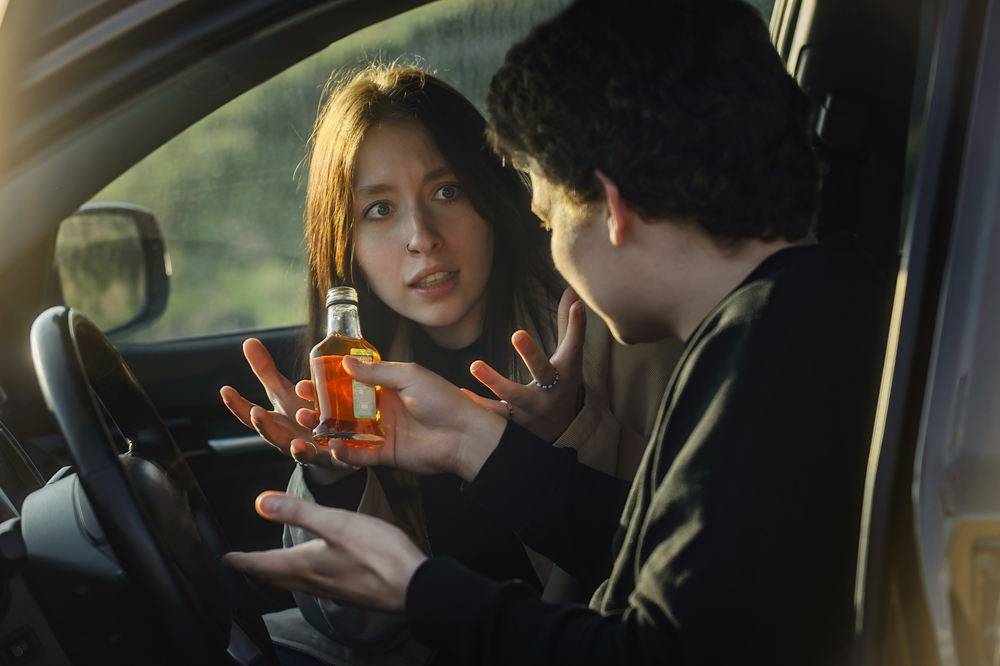
For example, a person with chronic asthma may be dependent on daily medication in order to breathe properly. This is not addiction. Before the drug was introduced, the individual was unable to breathe properly, and he or she is now using the drug to correct that function. The drug does not create dysfunction in this case. However, if a person becomes dependent on a drug to feel good aside from the condition being treated, it could be the type of dependence that leads to addiction.
Stage 5 – Addiction
Having an addiction is a specific, long-term mental health condition that has defined symptoms and behaviors. At this stage, the most important thing to the user if obtaining and using more of the drug. The following signs can be used to diagnose the condition:
- Developing an increasingly high tolerance
- Inability to quit
- Relationship issues
- Neglecting professional or personal responsibilities or obligations
- Loss of interest in things once enjoyed
- Using despite health problems
- Intense cravings
- Using the substance at inappropriate times
- Isolation
- Using in secret
- Experiencing withdrawal symptoms if use is stopped
It is generally considered that experiencing 2-3 of these symptoms signifies a mild substance use disorder. Having 4-5 of them signifies a moderate substance use disorder. If the person has 6 or more of these symptoms, it signifies a severe substance use disorder or addiction.
Stage 6 – Relapse
Chronic conditions, such as diabetes or asthma, have the potential to relapse. The same is true with addiction. In fact, Relapse rates for addiction (40-60 percent) are similar to those for asthma (50-70 percent) and adult-onset diabetes (30-50 percent). The incorrect initial treatment, or the individual’s initial decision to quit without assistance, are two possible explanations for why treatment is not effective in the long run and why people relapse to substance abuse. The person has not failed, merely that treatment must be altered. The individual and medical personnel work together to devise a treatment plan to manage the condition.
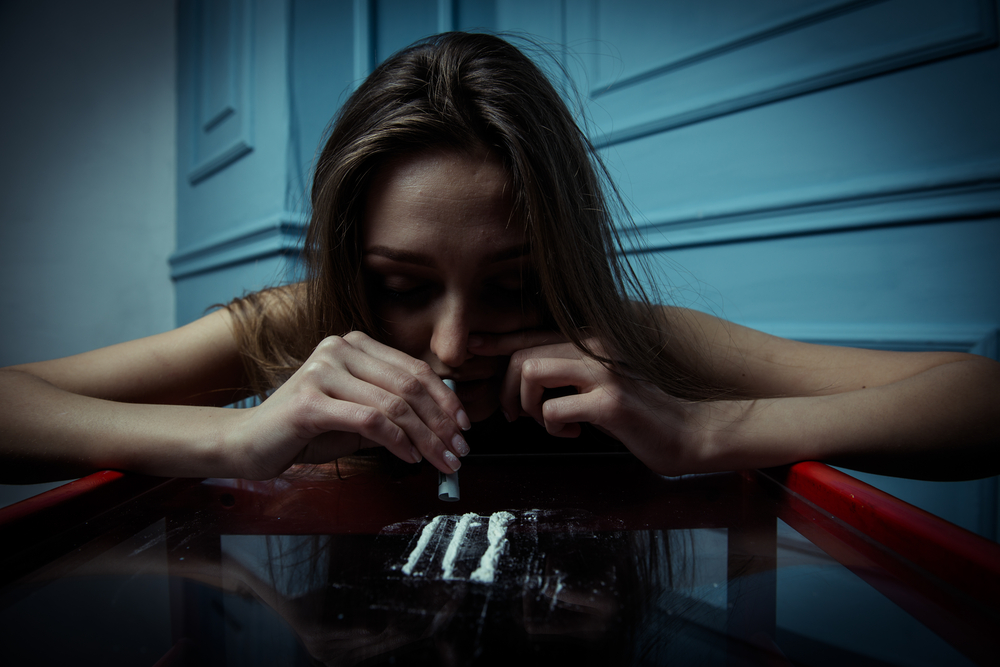
How to Break the Cycle of Addiction
Before an individual recognizes that addiction is a problem, they may go through several attempts at quitting a substance. Professional treatment has been scientifically shown to help addiction and can be used to interrupt this loop once addiction is recognized. Multiple methods, including cognitive and behavioral therapies, peer group support, and other physical and mental health treatments, can assist the individual in developing the tools necessary to manage this chronic, recurring condition.
With the assistance of motivated, professionally trained individuals, these individuals can interrupt the addiction cycle and move towards sustained abstinence and recovery, resulting in a more positive future.
Treatment for Addiction in Louisville, KY
Addiction has been shown to be a chronic brain condition that causes neuroadaptations, or altered neural connections, which trap addicts in the cycle of addiction. A treatment plan that combines a wide range of therapies is most likely to help people overcome their addictions. The following are common addiction treatments listed in the typical order they’re undergone.
Detox
The first step in overcoming an addiction to drugs or alcohol is to detoxify the body of substances. Drug and alcohol use can have a significant impact on the brain, making it difficult for people to function normally without them. During drug detoxification, a patient is weaned off of a drug so that it no longer remains in their system. During the process, a patient may experience a range of symptoms and side effects that range from mild to severe so it is important to undergo detox in a clinical facility with medical supervision.
Inpatient Treatment Program
Inpatient rehabilitation, also known as residential rehab, is an intensive substance abuse treatment program for individuals with severe substance issues. Inpatient rehab may be beneficial for individuals with mental health issues in addition to substance use issues, also known as dual diagnosis. While undergoing inpatient rehab, clients live at the center in order to avoid temptations and influences in their daily life that may trigger substance use. 24/7 clinical supervision is also an important element within this treatment program.
Partial Hospitalization Program (PHP)
PHP is an addiction treatment method that is more intensive than IOP (intensive outpatients) but less intensive than residential or inpatient rehab. Partial hospitalization programs require more weekly appointments and visits than IOPs. The commitment required by PHP programs is comparable to that of residential treatment, but unlike conventional rehab, patients are not required to live onsite at the facility during their treatment but must reside in a sober living environment during treatment.

Intensive Outpatient Program (IOP)
Intensive outpatient programs (IOPs) are substance abuse treatment courses that do not require detoxification or around-the-clock surveillance. Patients in IOPs can continue with their everyday lives in a way that those in residential treatment cannot. Residential treatment programs require patients to stay on-site, while patients in IOPs reside at home. IOPs are occasionally used in conjunction with inpatient programs to help clients adapt back into their families and communities more smoothly and seamlessly. They establish support mechanisms, help with relapse management, and offer coping strategies.
Aftercare and Support Groups
Aftercare consists of activities, interventions, and resources that assist individuals in managing triggers, stress, and cravings post-treatment. An aftercare strategy supports recovering individuals in the early stages of rehabilitation, prevents relapse, and assists them in accomplishing their goals. Each individual will require a unique aftercare program based on their own requirements.
Support groups are a critical element of many mental and behavioral health therapies, including drug and alcohol addiction treatment. By meeting with other people who are experiencing similar difficulties in a group guided by a specialist counselor, social worker, or peer advocate, many individuals gain empathy and understanding. These groups are also known as mutual support groups or self-help groups. Support groups are an important supplement to rehab in addiction rehabilitation. They are not meant to take the place of therapy. Instead, they are intended to extend sobriety and recovery after rehabilitation is complete by offering a support framework.
Break the Addiction Cycle at Louisville Recovery Center
If you or a loved one is in need of substance use disorder treatment, Louisville Recovery can assist you. Treatment is vital for a number of reasons, including providing information on substance abuse, helping people detox safely, addressing the causes of addiction, and teaching people how to deal with stress more healthily. The setting and level of care for your drug addiction treatment will be determined by your personal needs and the severity of your addiction.
Please get in touch with Louisville Recovery Center if you or a loved one requires drug addiction treatment in Louisville or the surrounding area. We want to assist you, and we’re ready to do so.
